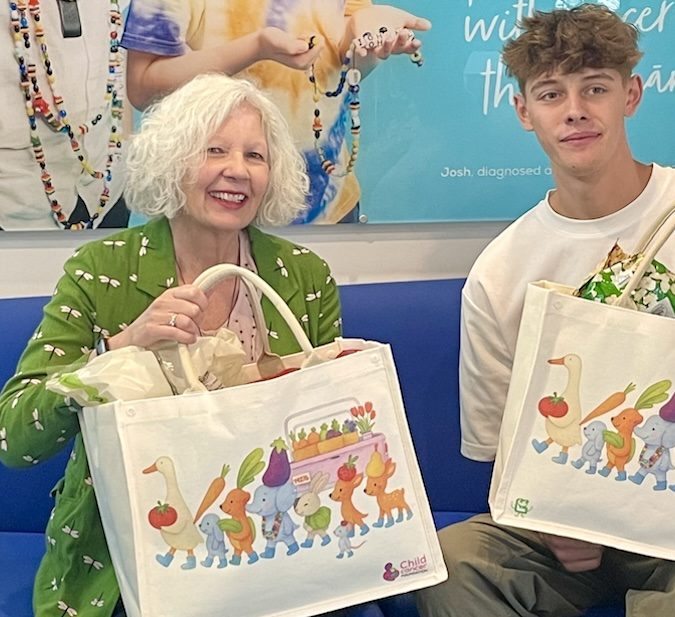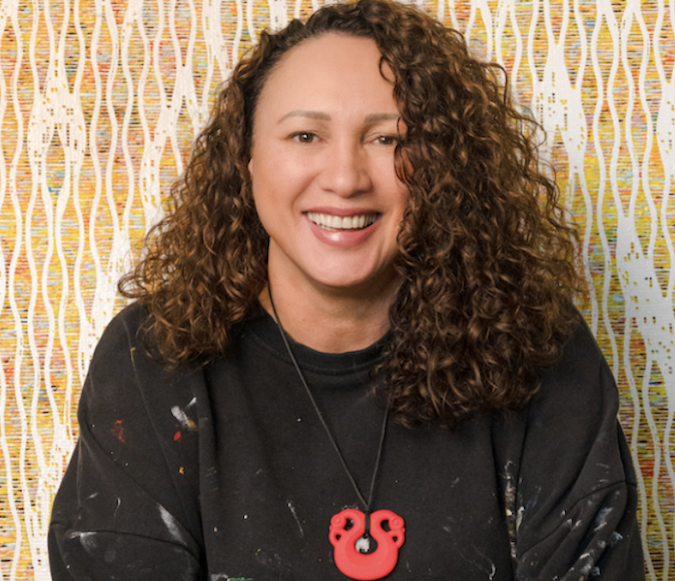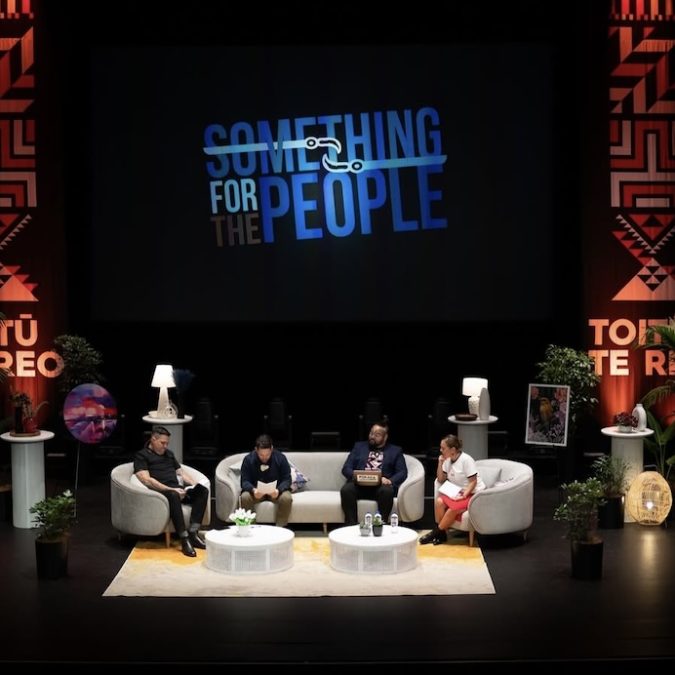James Dyson Award winner reinvents asthma inhaler with child-friendly design

This year’s national James Dyson Award winner, Hae Hae, addresses the chronic health issue of asthma and its effect on children. Hae Hae, designed by Massey University graduate Maisie Panoho, is an inhaler designed to make it easier and more effective for children to take their medicine.
In New Zealand, one in seven children report taking asthma medication, while 47 percent of hospitalisations from asthma are children, with more than 586,000 school days missed every year.
Learning of common problems with conventional devices, Panoho focused on repairing the broken relationship between the inhaler and spacer, while introducing a display for useful information and a reward system.
She developed Hae Hae through extensive product research, rapid prototyping and prototype testing with children. When Hae Hae is turned on, the device will display information including the battery life, how much medicine is available, when and how long to shake the inhaler, and a reward system for taking one’s medicine. The oval mouthpiece is more secure, easier and has better stability when placed in the spacer. The canister is locked in place with keyhole access at the back that opens when the user is running low on medicine.

If an inhaler is triggered wrong, they might not receive the full dose of their medicine, which can potentially be dangerous. The device can be triggered easily by both adults and children with the extension of the trigger wings that can be folded down when not in use. Due to the inhaler’s ergonomic design, it is better suited for smaller hands to hold onto.
Panoho says throughout her life, she has seen her family and friends struggle from asthma, which is what led to her to designing Hae Hae.
“Hae Hae is different to anything else currently on the market as there is nothing that caters specifically for children,” she says.
“This product has been designed to be easy to use and understand, and ideally provide better outcomes for children with asthma. It’s a privilege to be awarded this year’s James Dyson Award national winner. It is a great acknowledgement of all the time, passion and hard work I’ve committed to solving this problem.”
Winning the national leg of the James Dyson Award will inject NZ$3,900 into Panoho’s project to further develop Hae Hae. Looking forward, the graduate aims to continue making improvements to make the device more portable, comfortable and engaging to encourage children to understand why it’s important to take their medicine.

Runners up in this year’s competition included Victoria University of Wellington students Matthew O’Hagan and Courtney Naismith with their design The Utilize Series; a collection of high-end 3D printed products made locally out of hard-to-recycle plastics and other waste materials. The second runner-up is Massey University student Zene Krige, with her design Trax, an autonomous ground vehicle designed to detect and spot-spray weeds on agricultural land.
This year was another record year for the James Dyson Award, with more than 2,000 entries globally.
The judges for New Zealand’s 2021 entries included highly respected scientist, inventor and social entrepreneur Sir Ray Avery, sustainable business visionary and social entrepreneur Brianne West, futurist, investor and entrepreneur Derek Handley and Dyson engineer Made Artha. The judges reviewed local entries submitted from university students across the country to select the New Zealand Winner and two runners-up.
Sir Ray Avery says the national winner of the awards, Hae Hae, is a game-changing design that could save lives.
“New Zealand has the highest rate of asthma in the developed world, and this could really help children be more engaged with taking their medicine.
“Maisie has thought about this issue, realised there was nothing on the market and designed a clever solution that has been executed well. It’s a clinical problem that has a worldwide application and could easily be produced and rolled out globally to benefit children everywhere.”




